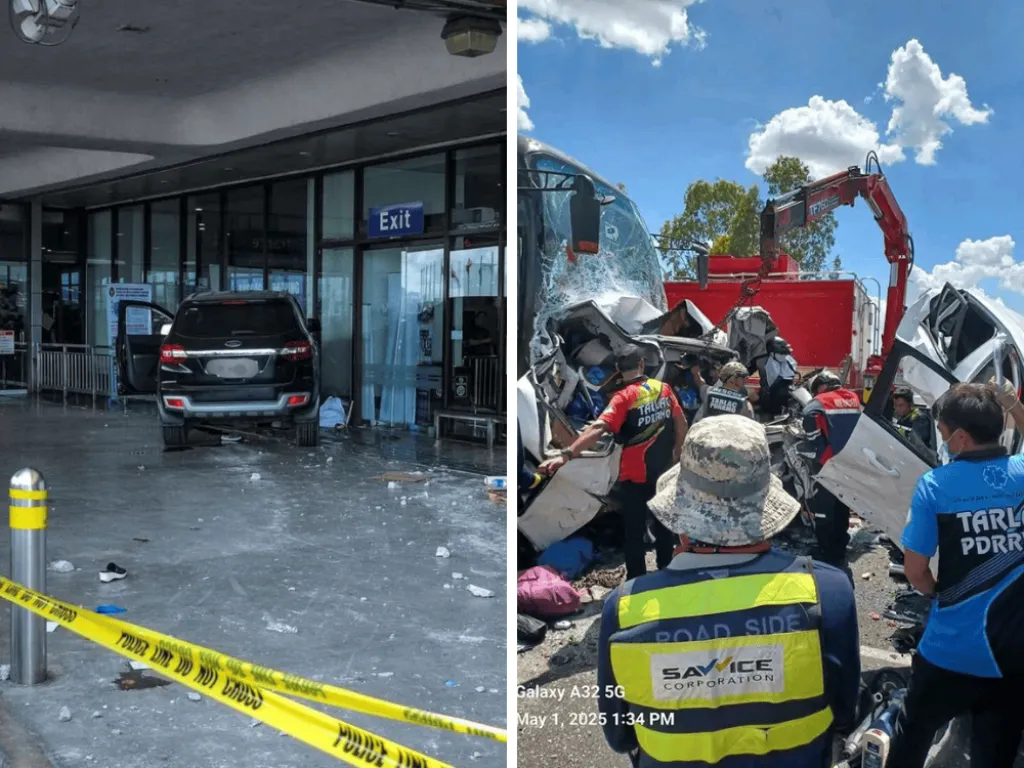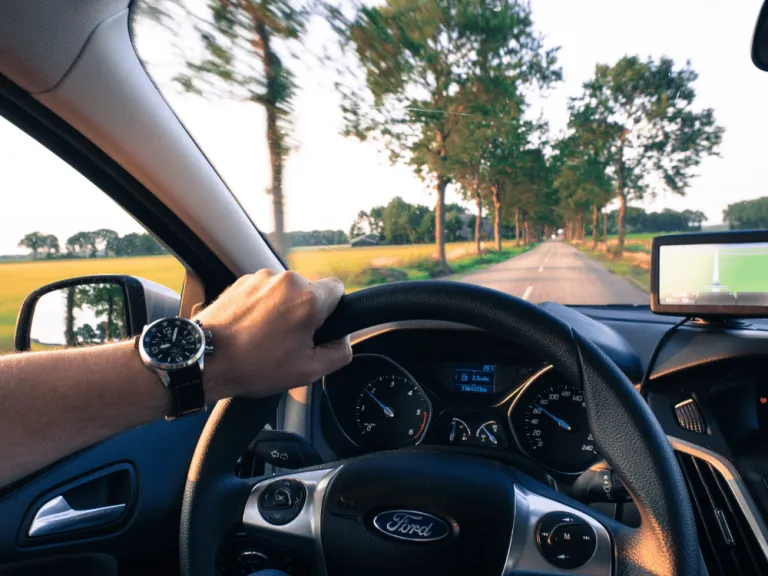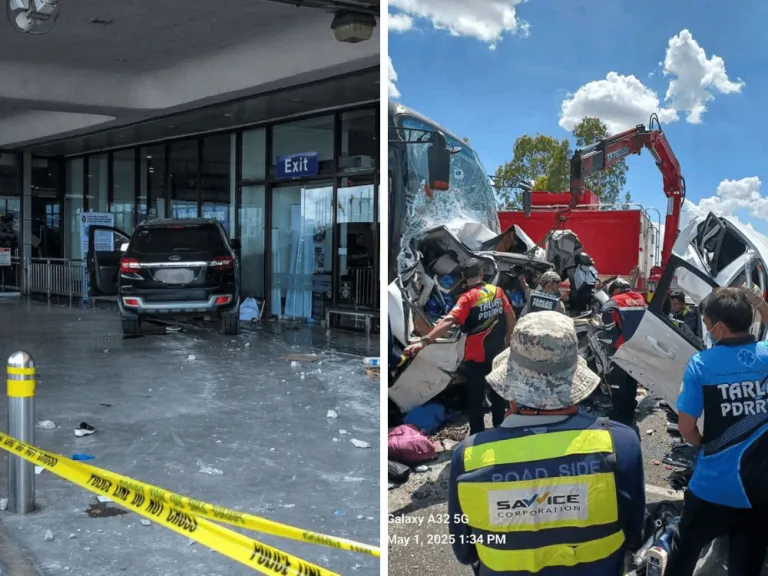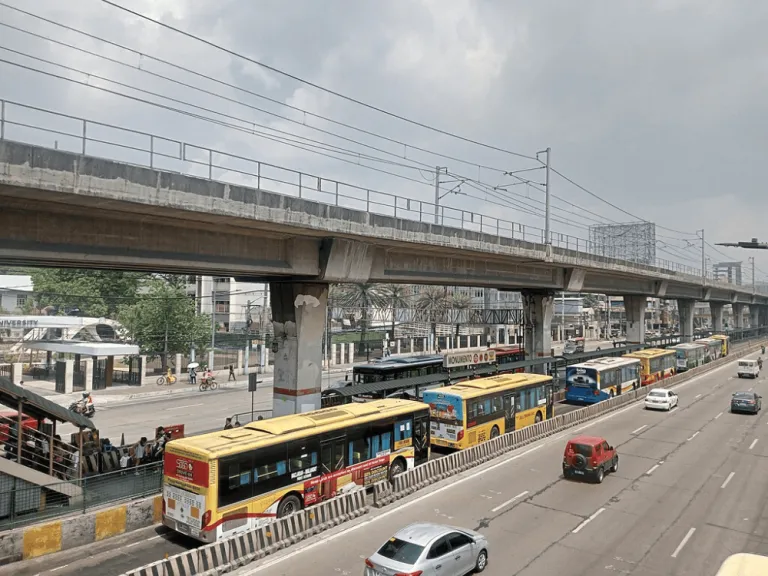Our favourite places to stay on this sleepy Cebu island.
Why Road Safety in the Philippines Matters Now More Than Ever

Travelling around the Philippines by car can be an unforgettable experience. From coastal highways to scenic mountain routes, having your vehicle opens up so many possibilities. But before you get behind the wheel, it’s crucial to understand that driving in the Philippines comes with unique challenges.
 Image credit: ClickerHappy via pixabay
Image credit: ClickerHappy via pixabay
Whether you are a local motorist or a tourist planning to rent a car in Cebu, Bohol, or Metro Manila, this guide will walk you through everything you need to know to stay safe on the road.
Also read: Philippine Motorcycle Road Trip Guide: Best Routes, Tips & Must-See Spots
Why road safety matters more than ever
 (L-R): NAIA Car Crash | Philippine Star; SCTEX Multi-Vehicle Crash | Zanorte News Flash
(L-R): NAIA Car Crash | Philippine Star; SCTEX Multi-Vehicle Crash | Zanorte News Flash
Recent incidents have brought renewed attention to the importance of Philippine road safety. On May 4, 2025, a tragic NAIA car crash at Terminal 1 claimed the lives of a man and a 5-year-old girl after a black Ford Everest driven by Leo Gonzales slammed into the terminal’s glass wall, injuring four others.
Just days earlier, on May 1, a Solid North Transit Inc. bus figured in a deadly multi-vehicle collision at the SCTEX (Subic–Clark–Tarlac Expressway), near the Tarlac City Toll Plaza. The crash left at least 10 dead and more than 30 injured. In response, the Department of Transportation (DOTr) ordered the Land Transportation Franchising and Regulatory Board (LTFRB) to suspend several units of the bus company.
Senators Grace Poe and Sherwin Gatchalian renewed calls for a Transportation Safety Board and stricter enforcement of Philippine traffic laws. But beyond policy, true change starts with every driver making safer choices behind the wheel.
Also read: Solid North Bus Suspended After Fatal SCTEX Crash
Step one: Get the right driving credentials
If you are a foreigner planning to rent a car, make sure you have a valid licence. Tourists can use an International Driving Permit (IDP) for up to 90 days, while long-term visitors may need to convert their license through the LTO (Land Transportation Office).
Know the rules of the road
The Philippines has its own set of driving customs and regulations. Familiarise yourself with Philippine traffic laws, including the correct use of signal lights, speed limits, and designated no-parking areas. Wearing seatbelts is required by law, and using a mobile phone while driving is prohibited unless you are using a hands-free device.
It’s also helpful to understand local quirks. Don’t be surprised if a vehicle swerves without warning or if a motorcycle appears out of nowhere. Staying alert is key.
Prepare your vehicle
Before setting out, inspect your vehicle. Check the tyres, brakes, lights, and fluids. Always carry an emergency car kit that includes a flashlight, first-aid supplies, and basic tools. Installing a dashcam in the Philippines has also become increasingly popular for documenting traffic incidents and resolving disputes.
Navigating Metro Manila and beyond
 EDSA Monumento Station | Ralff Nestor Nacor via Wikimedia Commons
EDSA Monumento Station | Ralff Nestor Nacor via Wikimedia Commons
If you are driving through Metro Manila, plan your route carefully. Use navigation apps to avoid traffic hotspots and allow extra time for delays. Traffic in Metro Manila is notoriously congested, especially during rush hours, so patience is essential.
Stick to your lane, avoid sudden stops, and don’t try to outpace others in narrow streets. Driving etiquette in the Philippines often requires a blend of assertiveness and courtesy.
Drive calmly and defensively
One of the best ways to prevent accidents is to keep a cool head. The roads can be frustrating, but aggressive driving only increases the risk of a crash. Practice defensive driving in the Philippines by anticipating the actions of others, keeping a safe distance, and using your horn sparingly.
If you embark on a long trip, such as a road trip in Dumaguete or up North Luzon, ensure you're well-rested and hydrated. Night-time driving presents additional risks, so check your headlights, avoid unlit shortcuts, and be extra vigilant for pedestrians.
In case of emergency
If an accident happens, don’t panic. Pull over safely, turn on your hazard lights, and call for help. Most car rental companies offer emergency assistance. It is also important to report the incident to local authorities and, if needed, submit footage from your dashcam.
Respect others on the road
Give way to motorcycles, tricycles, and pedestrians, especially on provincial roads. Yield when necessary and avoid tailgating. Being a respectful driver goes a long way in reducing stress and preventing accidents.
Also read: 4 Ultimate Crowd Safety Tips Every Filipino Traveller Should Know
Final thoughts
Whether you’re a returning Filipino or a first-time visitor, the freedom of the open road in the Philippines is an experience worth having, just as long as you stay safe. With these tips, you can explore responsibly, protect lives, and enjoy the journey.
Before you hit the road, remember that following safe driving in the Philippines is more than just obeying rules. It’s about creating safer roads for everyone.
Published at
About Author
Jennylene Dela Cruz
Subscribe our Newsletter
Get our weekly tips and travel news!
Recommended Articles
10 Bantayan Island Resorts, Hotels, and Rentals for Your Tropical Escape 10 Best Banawe Restaurants for a Mouthwatering Food Trip in QC The promise of new flavours beckons from Banawe.
14 Best Credit Cards for Travel in the Philippines The only plastic we need for travel.
10 Best Mountain Cafes in the Philippines for Your Peak Coffee Experience Coffee date on the mountains, anyone?
10 Best Things to Do in Los Angeles Los Angeles is more than Hollywood stars. From hikes with killer views to beaches straight out of a rom-com, here are 10 must-do LA experiences for Filipino travellers or any wanderers in general!
Latest Articles
Philippines Among the World’s Friendliest Countries – US News 2025 Ranking Learn why Filipino hospitality makes every trip unforgettable.
Best Attractions of Southeast Asia That Delight Both Kids and Seniors These top attractions in Southeast Asia offer scenic views, easy access, and calm experiences for the whole family.
Halal Town Manila: Quiapo Set to Become a Muslim-Friendly Food and Culture Hub Manila is about to get more muslim-friendly!
Italian Cuisine Earns UNESCO Status as Intangible Cultural Heritage Food with culture
MMDA Urges Malls to Limit Sales as Marcos Highway Traffic Worsens Commuters are frustrated, but is this really the solution to heavy traffic?

